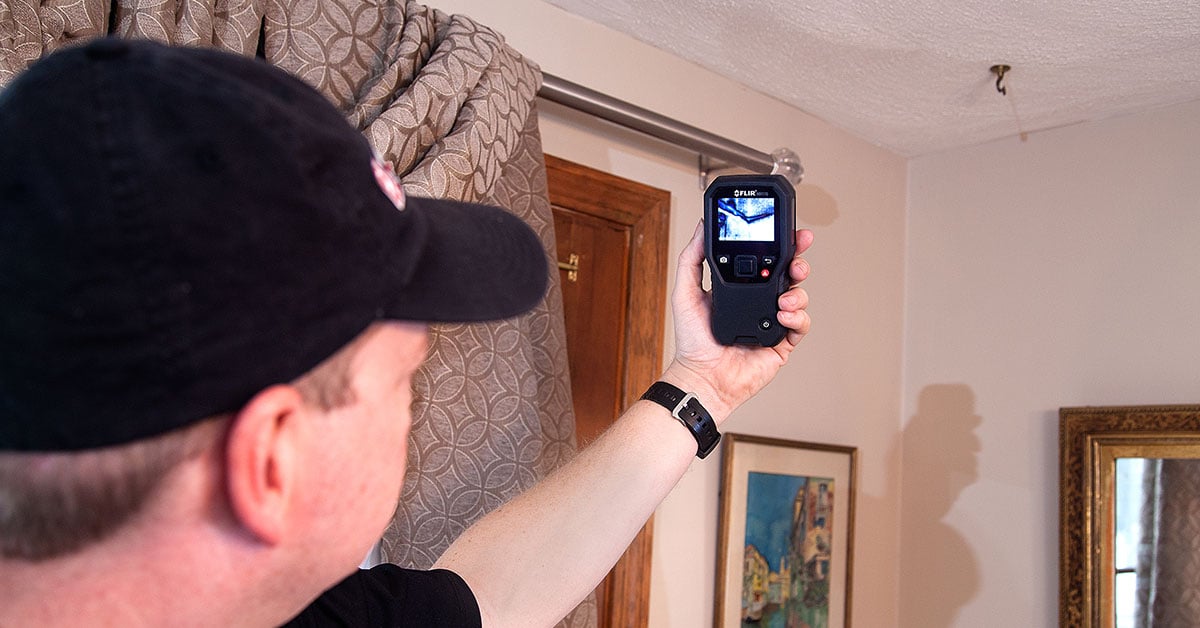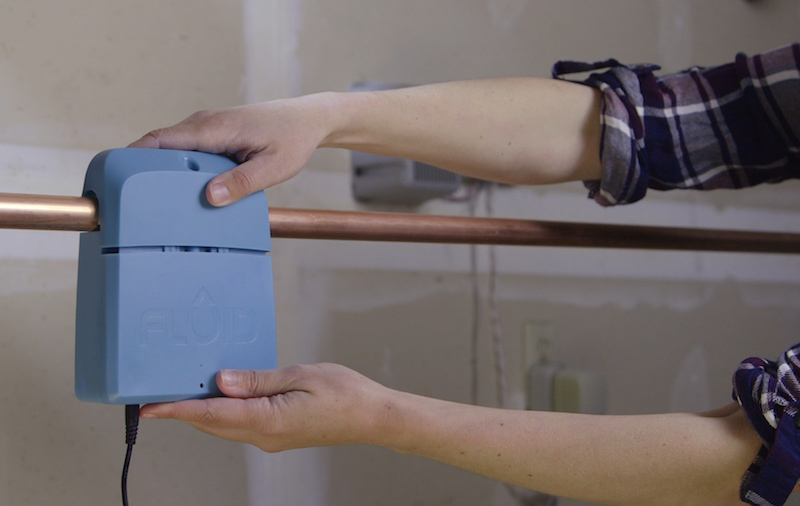Exactly How Expert Water Leak Detection Can Save You Money and Avoid Damage
Exactly How Expert Water Leak Detection Can Save You Money and Avoid Damage
Blog Article
Cutting-edge Solutions for Very Early Discovery of Water Leaks in Buildings and Infrastructure
From advanced leakage detection technologies to the deployment of IoT sensors for real-time tracking, the landscape of leak avoidance is progressing quickly. Automated water flow analysis systems are improving exactly how leakages are recognized and resolved, leading the means for a positive technique to water leakage discovery.
Advanced Leakage Detection Technologies
Advanced leakage detection innovations, equipped with innovative sensors and algorithms, play an essential duty in swiftly identifying and determining water leaks in numerous settings. Electro-magnetic sensors can determine changes in electro-magnetic fields caused by water, supplying yet another layer of leakage detection capacity.

IoT Sensors for Real-Time Tracking
In the realm of modern-day water leakage discovery, the assimilation of IoT sensing units for real-time surveillance represents a crucial advancement in boosting proactive leakage discovery abilities. These sensors use continuous monitoring of water supply, giving real-time information on water flow prices, pressure variants, and temperature level changes. By leveraging IoT innovation, these sensors can find even the tiniest anomalies in water usage patterns, making it possible for very early recognition of possible leaks prior to they intensify into significant concerns.
IoT sensors transmit data to a centralized platform, where innovative formulas analyze the information and create notifies or notifications when abnormalities are spotted. This real-time tracking capability permits homeowner or center supervisors to immediately attend to leaks, lessening water damages, lowering repair service prices, and conserving water resources.
In addition, IoT sensors can be integrated with structure management systems, permitting computerized reactions to spotted leakages, such as shutting down water valves or activating pumps to alleviate the impact of leaks. Generally, the application of IoT sensors for real-time monitoring substantially enhances the performance and effectiveness of water leak detection in structures and facilities.
Maker Learning Algorithms for Leak Prediction

One trick advantage of making use of artificial intelligence for leak forecast is its ability to continually discover and boost its accuracy over time. As more information is accumulated and fed into the algorithm, it can improve its predictions and adapt to altering problems, eventually boosting the reliability of leakage discovery systems.
In addition, equipment learning algorithms can assist in determining subtle indicators of leakages that may go unnoticed by traditional tracking techniques. water leak detection. By evaluating complicated data embed in real-time, these algorithms can provide early cautions and alerts, enabling timely treatment and preventive maintenance to alleviate prospective water damage and linked expenses
Using Thermal Imaging for Leak Discovery
Thermal imaging technology provides a promising method for finding water leaks in numerous systems and facilities. By using infrared radiation and temperature variations, thermal imaging cameras can recognize concealed leaks that are not easily visible to the naked eye. When water leaves from pipelines or structures, it typically alters the temperature of the bordering area, producing temperature differentials that thermal cams can capture. These temperature abnormalities are after that equated into visible images, highlighting the exact location of the leakage.
Among the essential benefits of thermal imaging for leak detection is its non-intrusive nature. Unlike traditional approaches that might require burglarizing walls or floorings to find leaks, thermal imaging enables non-destructive testing. This not just saves time and hop over to these guys lowers costs yet likewise review minimizes disturbance to the structure or infrastructure being assessed. Furthermore, thermal imaging can quickly check big areas, offering a detailed introduction of prospective leak sources in a prompt fashion. On the whole, using thermal imaging technology boosts the performance and precision of water leak detection, making it a beneficial device for maintaining the stability of buildings and infrastructures.
Automated Water Circulation Evaluation Solutions
Exactly how can computerized water circulation evaluation systems reinvent the discovery and monitoring of leaks in different systems and facilities? Automated water circulation evaluation systems provide an aggressive method to leakage detection by constantly monitoring water flow prices and patterns. By establishing standard information, these systems can rapidly determine discrepancies that might show a leakage, allowing punctual treatment to avoid substantial damage.
These systems use innovative algorithms to analyze real-time data and give prompt alerts when abnormalities are discovered, enabling swift activity to be taken. In addition, computerized water flow analysis systems can be incorporated with building administration systems or IoT systems, enhancing overall effectiveness and enabling remote tracking capacities.
Moreover, the data accumulated by these systems can be utilized for anticipating upkeep objectives, aiding to identify prospective powerlessness in the framework prior to leaks take place. Generally, the implementation of automatic water circulation analysis systems can considerably improve leakage discovery and management practices, eventually causing cost financial savings, decreased water wastefulness, and increased sustainability in buildings and infrastructure.

Conclusion
In verdict, the combination of advanced leak detection modern like it technologies, IoT sensing units, artificial intelligence formulas, thermal imaging, and automatic water circulation evaluation systems offers innovative remedies for very early detection of water leakages in buildings and infrastructure. These innovations make it possible for real-time surveillance, forecast of leaks, and reliable detection techniques to avoid water damages and wastefulness. Executing these solutions can help in preserving the honesty and sustainability of water systems in numerous setups.
Report this page